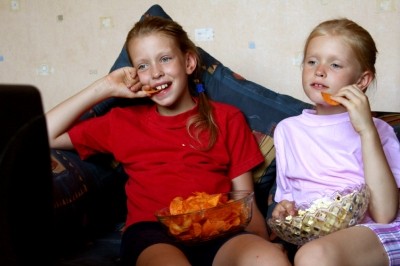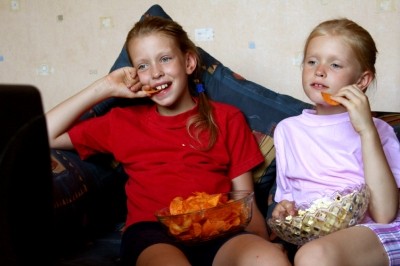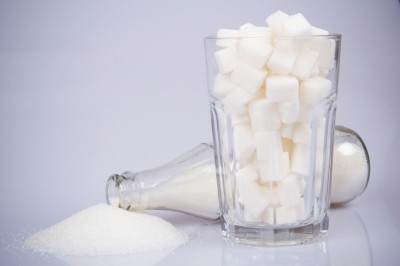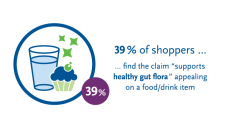Junk food ads are screen-lickin' good, say kids; Ban them, says NGO

The charity Cancer Research UK made the claim after it carried out qualitative research in 25 focus groups across UK primary schools.
Children aged between eight and 12 were shown adverts for HFSS (high fat, salt and sugar) products including sweets, crisps and fast food/meal deals shown before 9pm in the preceding six months. They also gathered data on pupils’ eating habits, nutritional knowledge, television viewing habits and perceptions of television advertising in general.
They concluded that children “have a good level of nutritional knowledge, however they find that watching junk food advertising tempts them into eating unhealthy foods”. The adverts can also “make children feel hungry and want to eat junk food”, which leads to pestering of parents.
Loopholes and licking
The report, entitled Ad Brake: primary school children’s perceptions of unhealthy food advertising on TV, includes a number of comments made by children during the focus groups, including:
- “I can’t resist not going without [take-away pizza] when I see the advert...At the end he like smashes...the [take-away pizza] on the screen and you feel like you're just going to lick the screen.”
- “You might be eating a piece of fruit, you might see the advert and you might just throw it in the bin and ask your mum for money and leg it to the shop.”
The finding that kids like sweets may not be surprising, but the authors also claimed a loophole in current legislation is leading to concerning levels of exposure.
Ads for HFSS foods and drinks can’t appear around programmes that are commissioned for, or are likely to be of particular appeal to, children up to 16 years of age. No HFSS ads can appear on dedicated children's channels.
But outside of this, UK broadcasters must also judge whether a programme has particular appeal to under 16s. They calculate this by assessing the audience figures supplied by the Broadcast Audience Research Board. To have ‘particular appeal’, the proportion of children watching a programme must be 20% greater than the proportion of children in society.
Alison Cox, director of prevention at Cancer Research UK suggested the rules were not strict enough. “It’s clear the restrictions already in place during children’s TV shows aren’t enough,” she explained. “Children are watching junk food adverts during family programmes where these restrictions don’t apply.”
A pre-9pm ban would reduce children’s exposure to advertising by more than 50%, the charity noted.
The Broadcast Committee of Advertising Practice, which writes the Broadcast Advertising Code, said such a restriction would “disproportionate”. “The TV advertising food rules are already deliberately strict and have helped to reduce significantly the amount of HFSS advertising seen by children,” said a spokesman.
BCAP pointed to research from 2006 that showed exposure to food and soft drink advertising accounted for a 2% variation in food choice. A review by Ofcom, the UK's official communications regulator, also found children saw around 37% less HFSS advertising in 2009 than they did in 2005 (prior to the regulations being introduced).
Dominic Watkins, an expert in food law at DWF, said: “The restriction they are seeking is already in place.” The other issue here, he added, is that parents control what their children watch and more significantly what they buy for their children.
A YouGov poll in February showed that 74% of the UK public back a ban on advertising junk food on TV before 9pm. Incidentally, only one in two in the same poll supported a tax on sugary drinks.
With the introduction of a tax having since been announced by the UK’s Chancellor, attention has turned to advertising laws as lobbying intensifies in the run-up to the Government’s long-awaited and much-delayed strategy on childhood obesity.


























